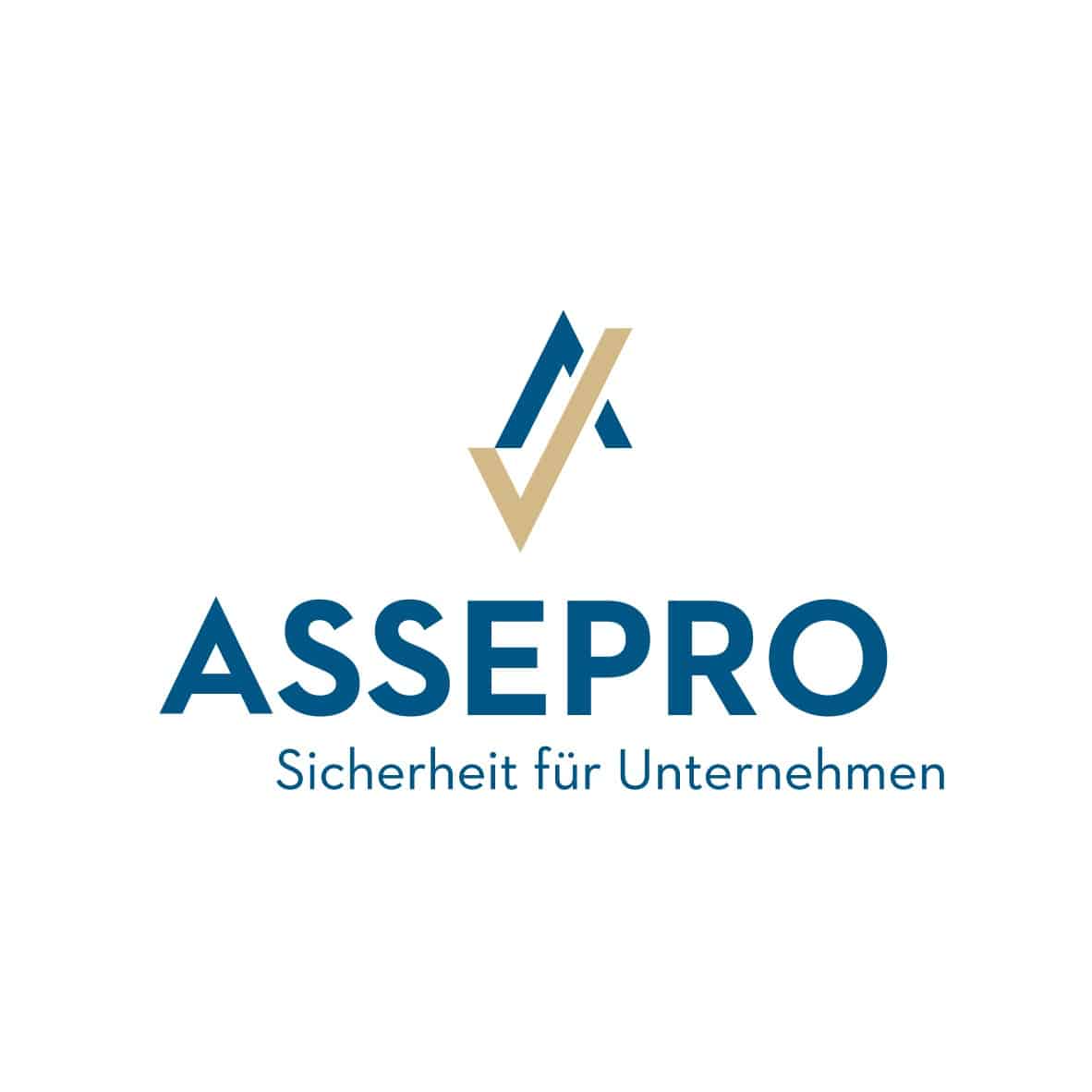From chaos to clarity: Simplifai’s CEO on AI in claims processing
17 October, 2025 | Current General Interviews
In the face of growing data volumes and rising customer expectations, automation is becoming a strategic necessity for insurers. Simplifai, the Norwegian pioneer in AI automation, is launching a new series of tools designed to make claims processing faster, smarter and fully compliant. Ahead of the product webinar, CEO Artem Gonchakov explains how AI is changing the future of claims management and how innovation and trust can be reconciled.
Founded in Oslo in 2017, Simplifai has established itself as one of the most agile automation companies in Europe. The company supports insurers, banks and public institutions in optimizing complex workflows through AI. Its platform combines document understanding, process automation and compliance management to reduce manual work and improve decision-making. With its new claims processing tools – including AI-powered claims summaries, major loss and fraud detection and advanced data capabilities – Simplifai is positioning itself as a catalyst for the next phase of digital transformation in the insurance sector.
Interview with Artem Gonchakov, CEO of Simplifai.
Simplifai introduces several new AI-powered tools for claims handlers. What specific claims processing challenges have led to this latest update?
In property and accident insurance claims, delays are rarely caused by important decisions, but rather by the “groundwork”: triage, obtaining documents, reconciling data from emails, PDFs and spreadsheets. This is where errors creep in and determine the success or failure of the NPS. Our new Simplifai platform targets these bottlenecks: “Large Loss Detection” quickly routes high-severity claims to experienced claims handlers, “Fraud Indication” alerts early on to suspicious cases that require SIU investigation, and “AI Assessment” reads and synthesizes large, mixed claims files in one pass.
We’ve also enabled the secure, direct use of Excel or Google Sheets within the workflow, so teams can use the tools they already trust without manual copy and paste. These are practical upgrades designed for the realities of the insurance industry and high volumes. We continue to expand the capabilities of our AI agents across the entire claims lifecycle – from intake to close – ensuring they are truly useful in day-to-day operations.
You describe the new platform as an improvement in both efficiency and transparency. How do you define transparency in AI-driven claims processing?
Transparency means no black boxes. Every recommendation made by an AI agent, whether it’s a cover check, severity level or settlement recommendation, is accompanied by clear justifications, audit trails and checkpoints by humans. Managers can see where the AI has taken action, where an agent has intervened and why. This allows you to defend decisions to auditors, regulators and customers.
The new “Claim Summary” tool sounds like an important productivity booster. How does it ensure accuracy and consistency when summarizing complex or extensive claims documents?
We don’t “skim”, we aggregate. The new AI appraisal reads documents, emails, images and estimates, then summarizes key information such as policy terms, parties, amounts and next best steps into a consistent, verifiable summary. Adjusters can merge PDFs and images before summarizing to ensure nothing is left out.
There is a simple claims overview that automatically updates each claim and an advanced version for high-volume, high-complexity cases. Some of our customers receive hundreds of documents and thousands of pages per claim. This task used to take hours or days. Now the AI agent can process this information on a large scale and always update the claim with the latest data.
The detection of large claims and fraud is a sensitive area in the insurance industry. How do you train your AI to identify anomalies without false alarms or bias?
We rely on objective signals, such as inconsistent documents, timing anomalies and pattern deviations compared to historical data, and forward all results for human review with low confidence. Large Claims Detection prioritizes potentially serious claims for review by supervisors, while Fraud Detection pre-screens documents and emails for indications to the SIU. Both work with customer-defined thresholds, so the AI never acts on its own.
With Agentic AI, insurers can now detect around 80 percent of potential fraud cases without having to buy special software. We are not positioning AI agents as fraud experts, but as the first line of defense. They are trained via our Industry Hub, using both Simplifai data and customer-specific rules. As these rules change, the AI adapts dynamically.
You mentioned integrated compliance. How does Simplifai deal with regulatory requirements such as data protection, verifiability and explainability?
Trust is built from day one. We apply ISO-compliant controls, SOC 2 certification, GDPR-compliant practices and strict data residency options. Privacy by design is at the core with encryption, access with minimal permissions, environment isolation and detailed audit logs. We also use AI to improve compliance, with bias checks during model training and safeguards to prevent unauthorized actions.
By addressing regulatory and governance issues early, our clients can accelerate deployment, reduce rework and realize value faster.
Many insurers still rely on legacy systems. How easy is it to integrate Simplifai’s tools?
Think of Simplifai’s AI agents as a non-invasive intelligence layer that sits on top of existing systems, such as claims processing, policies, DMS, CRM or payments, without the need to completely replace them. We can integrate via APIs for modern systems or use RPA for older systems. Therefore, older infrastructures can also benefit from AI modernization.
How do you see the role of the human claims handler when automation is taking over more and more administrative tasks?
Claims handlers are shifting from administration to advocacy and assessment. Our AI agents are designed to cover the entire claims lifecycle, but not automate everything. We design processes that are human-centric and combine efficiency with oversight. Humans focus on cognitive and customer-facing tasks, while AI takes on repetitive tasks. The future lies in collaboration, not competition.
There is a fine line between automation and empathy. How does Simplifai ensure that technology enhances the human element and does not replace it?
The customer experience improves as speed and clarity increase while empathy is maintained. AI agents deliver instant confirmations, extract details, provide proactive updates and reduce repetitive requests. They can also simplify the language of policies and handle multilingual communication.
However, empathy remains the preserve of humans. AI agents are programmed to forward scenarios with low reliability or sensitive content to humans to ensure empathy and judgment where it matters most.
The insurance industry is cautious by nature. How do you create trust when introducing AI into core processes?
Caution is healthy and we meet it with transparency and quick successes. Our guide to the introduction:
- Discovery and Value Hypothesis – Model the impact on key KPIs using our Value Realization Framework.
- Pilot – Focus on a narrow use case, such as email or FNOL triage, to quickly prove value.
- Radical transparency – live dashboards show automation rates, accuracy and handovers to humans.
- Expand in waves – only after a successful pilot project.
This co-design approach turns skepticism into support, as the results are visible and governance remains intact.
Can you tell us a success story?
A UK insurer used our AI agent to assess vehicle claims, where previously claims handlers spent hours reviewing engineering reports and invoices. The AI now flags duplicates or anomalies and suggests actions, improving cost control and fraud detection.
In the US, another customer has automated the processing of property damage reports and now processes large volumes of emails and attachments from contractors. The AI agent identifies the correct claims, classifies over 75 document types, converts formats and merges images into PDF files. This has improved data quality, speed and accuracy.
You are introducing features such as large loss detection and fraud identification. Do you see Simplifai moving towards predictive or prescriptive analytics?
Yes, that’s the next step. Beyond flagging issues, our agents will suggest next best actions with justification and confidence, such as escalating complex cases, requesting second estimates or adjusting reserves. All of this is done under human supervision and with full auditability through our “Know Your Agent” framework.
Are there regional differences in the introduction of automation and AI by insurers?
The priorities are similar, but the order is different.
- The DACH markets attach great importance to governance and documentation, which is why we focus on explainability and audit trails.
- The UK and the Benelux countries prefer quick pilot projects with clear scaling options.
- US insurers push for ROI and transparency for regulators.
We adapt the implementation strategies to the operational conditions of the respective region.
How does Simplifai’s approach differ from the automation platforms of the big technology companies?
We are insurance-centric and offer end-to-end solutions. Instead of toolkits that need to be integrated, we deliver ready-to-use AI agents for any type of claim, whether motor, property, travel, personal injury, that work according to the client’s rules and provide full transparency on a “know your agent” basis. We integrate as a non-invasive layer, keeping risk low and increasing value.
What’s next for Simplifai?
We focus on end-to-end agentic design that enables insurers to build, configure and evolve AI agents across the entire claims lifecycle. Key developments include:
- AI Skill Factory: a growing library of modular, insurance-specific AI skills.
- Integration Fabric: seamless connectors and APIs for existing systems.
- Human-in-the-loop architecture: embedded monitoring at every step.
- Know-Your-Agent dashboards: Analytics to track performance, accuracy and ROI.
All this strengthens control, transparency and adaptability.
Will claims processing ever become fully autonomous?
Not quite. The next decade will be characterized by more human teams. AI agents will take over 80 to 90 percent of routine tasks, while humans will focus on judgment, negotiation and empathy.
Three changes will shape this future:
- AI co-pilots that support experts with summaries and recommendations.
- Multimodal intelligence that combines text, images and videos for explainable results.
- Controlled autonomy – direct decisions in low-risk cases with integrated explanation and rollback options.
Simplifai is investing heavily in this future, expanding its skills library and improving the KYA dashboards so that insurers can move confidently from concept to day-to-day operational reality.
The interview was conducted by Binci Heeb, Editor-in-Chief.
With 15 years of experience in insurance, banking, financial services, telecommunications and media, Artem Gonchakov brings a unique combination of technical, operational and business expertise to Simplifai as CEO and board member. With a Master’s degree in Computer Science, he has successfully driven innovation in Fortune 500 companies and start-ups including: Deutsche Bank, Twitter/X, WorkFusion and his own startup Arty Finch.
Read also: AI is becoming a partner to humans – not just a tool




